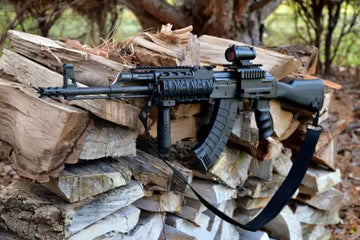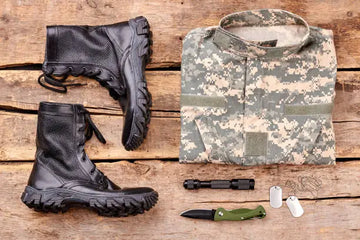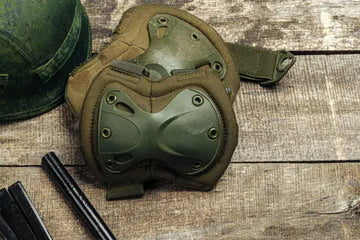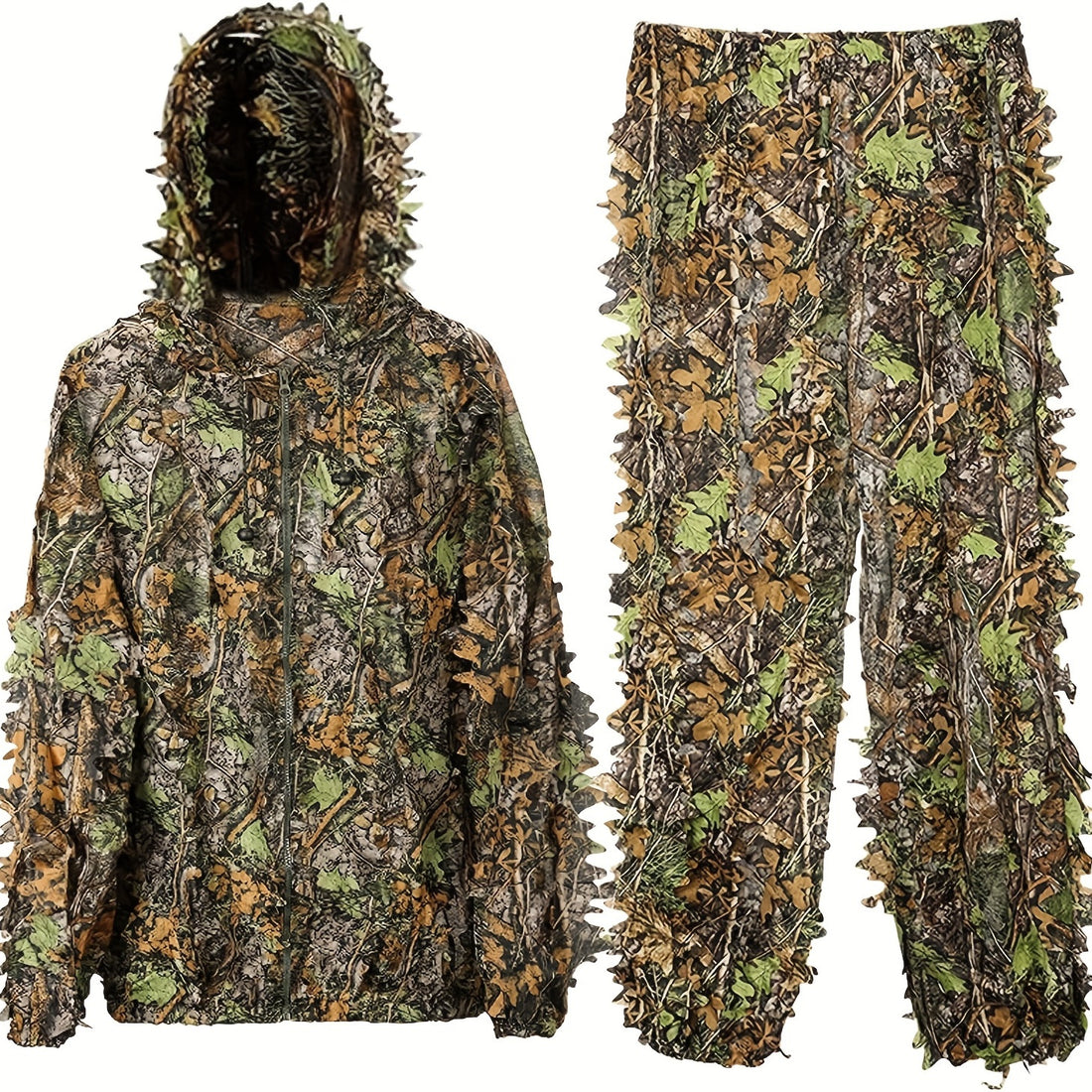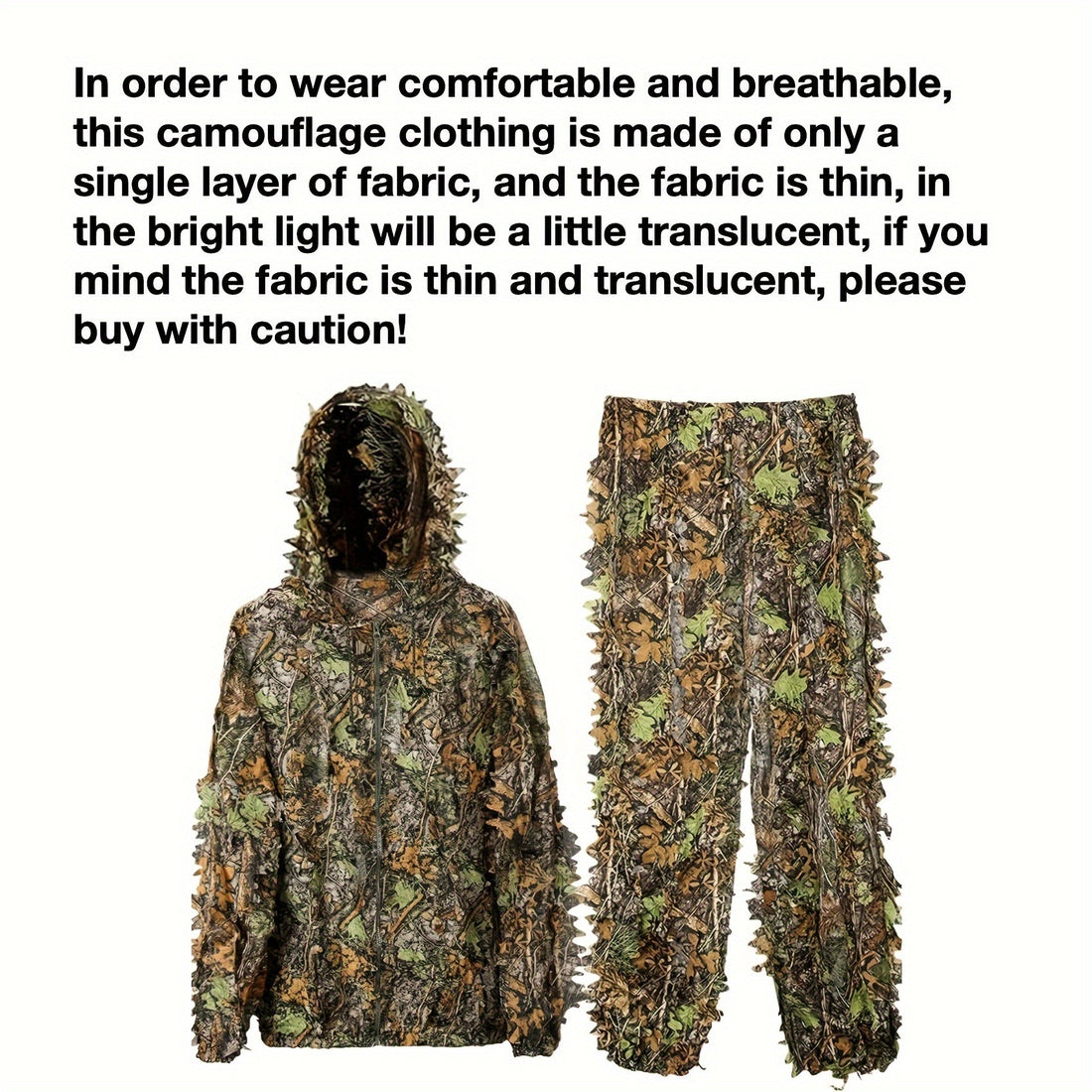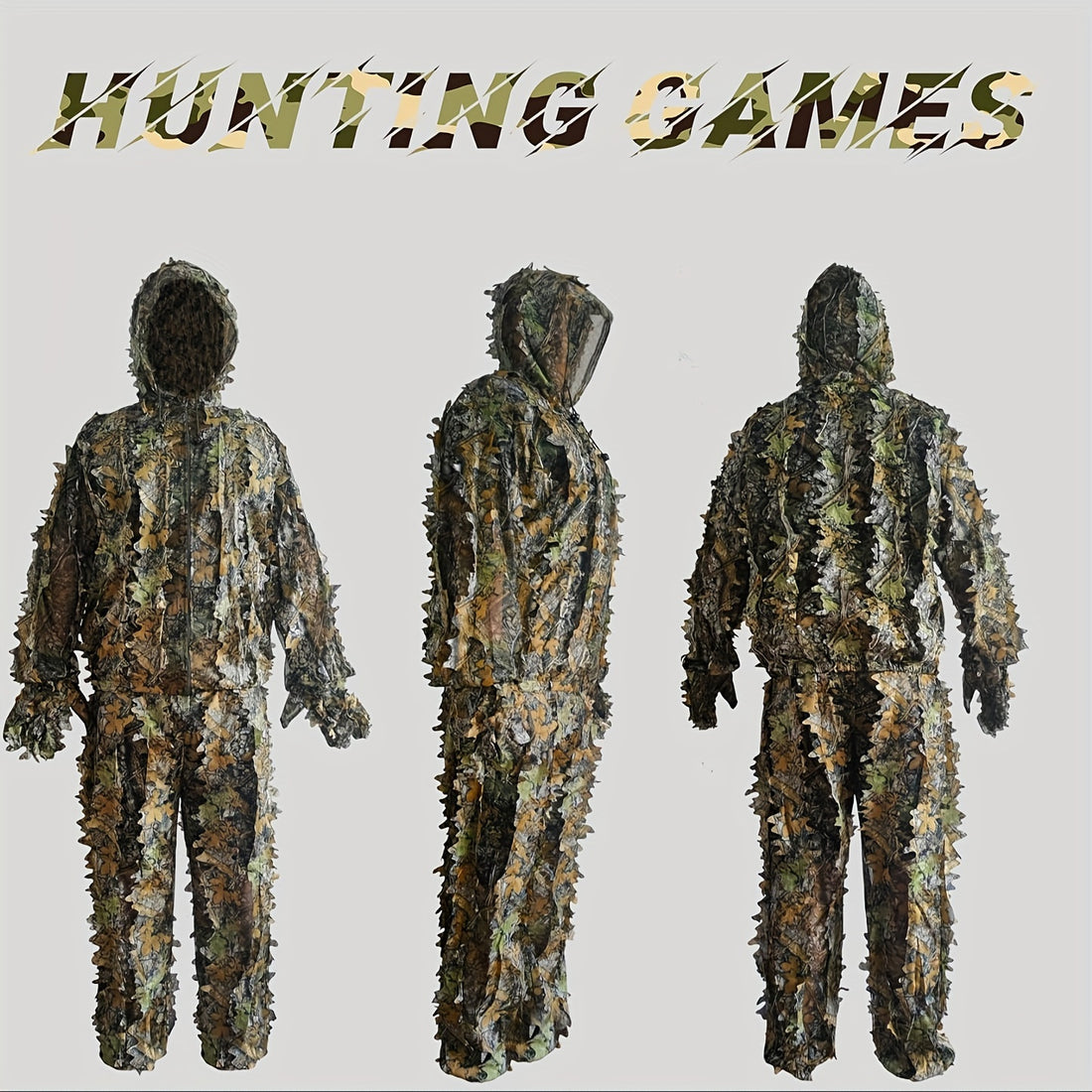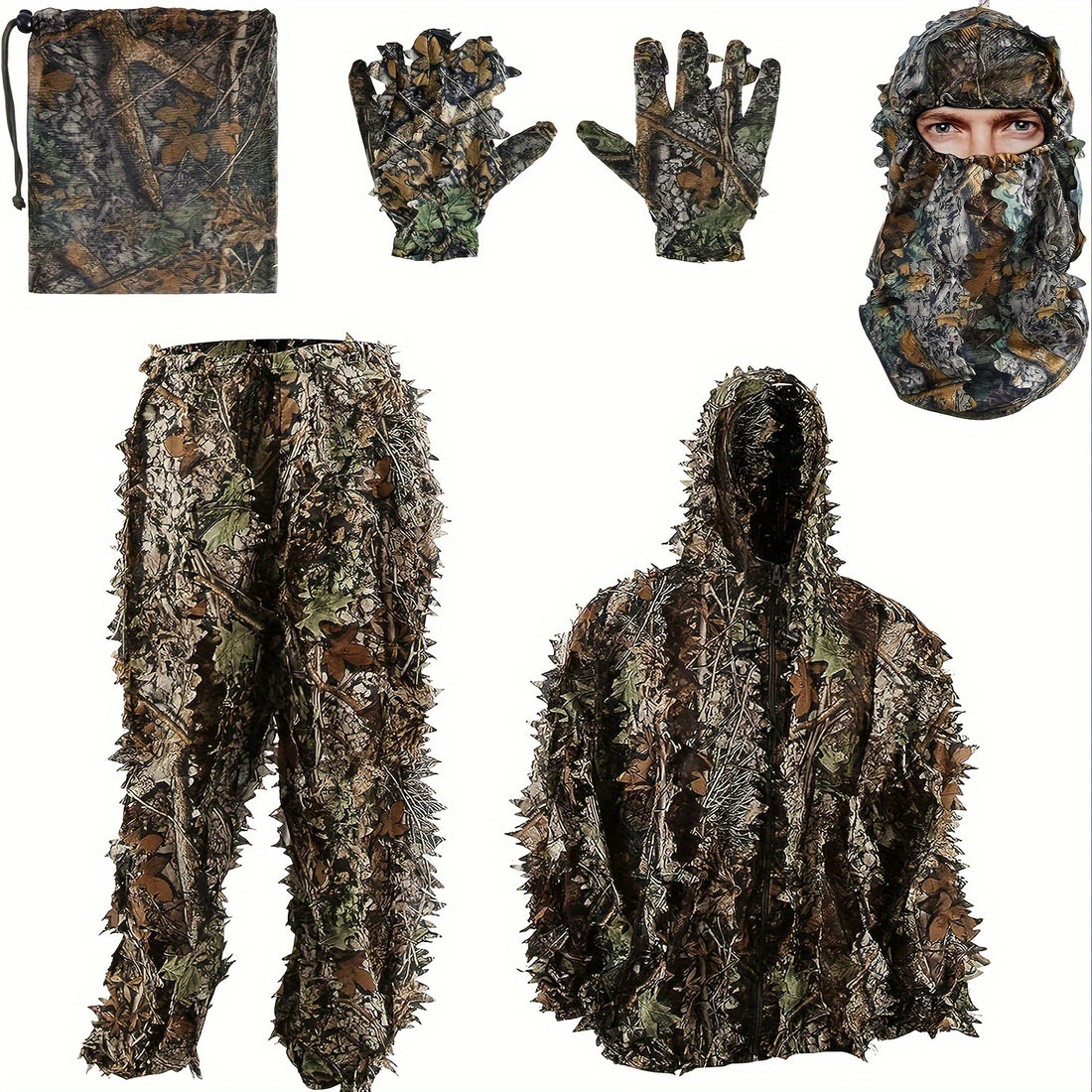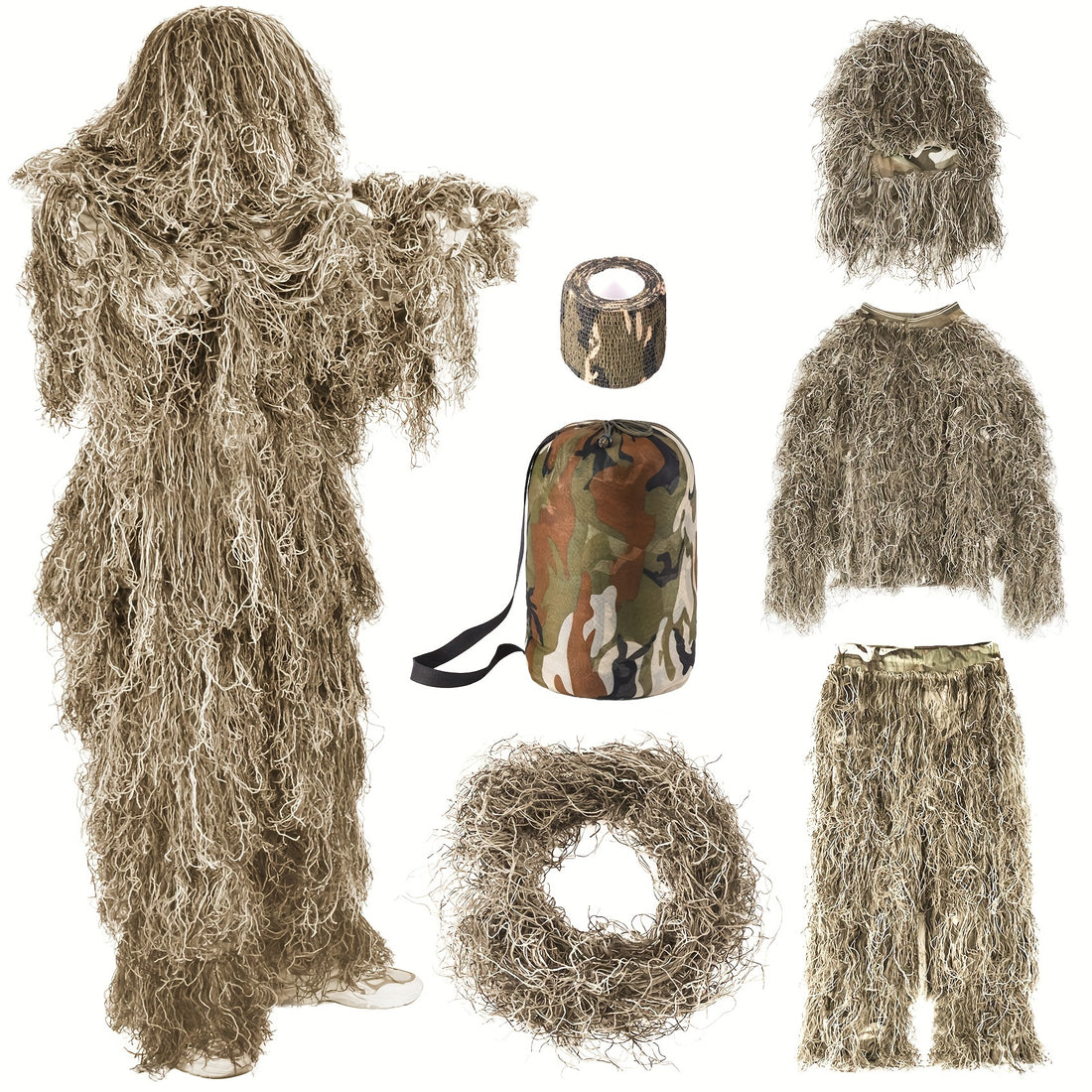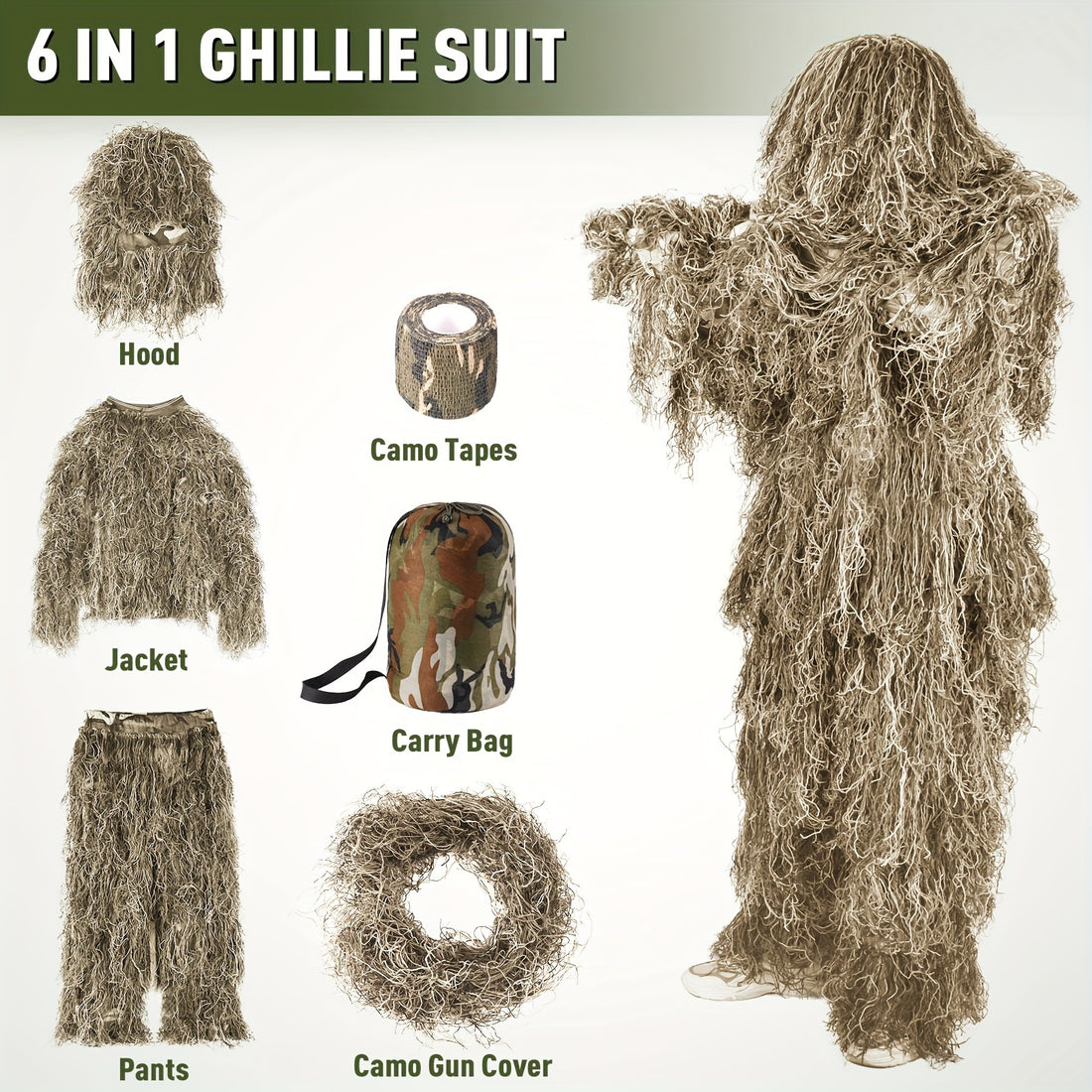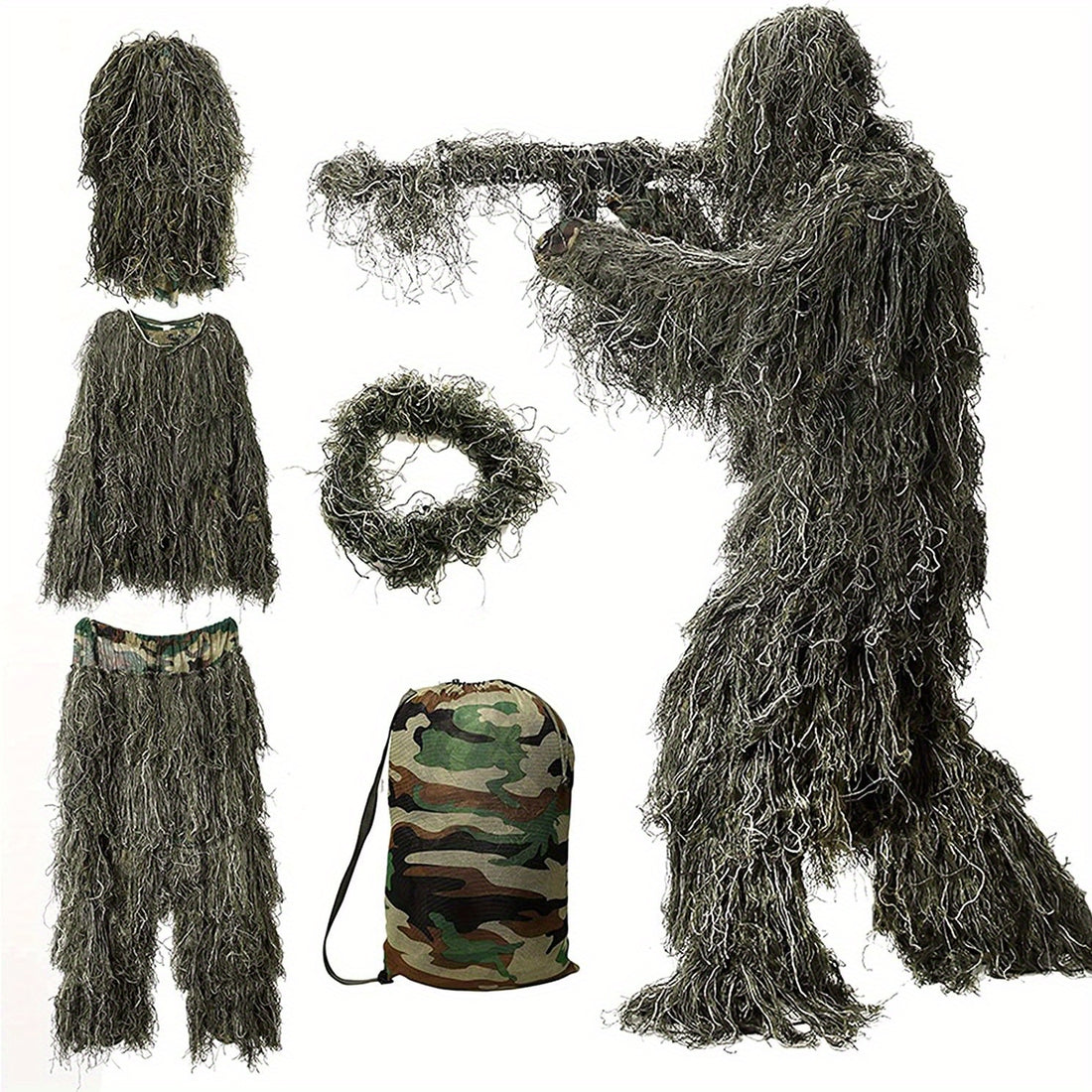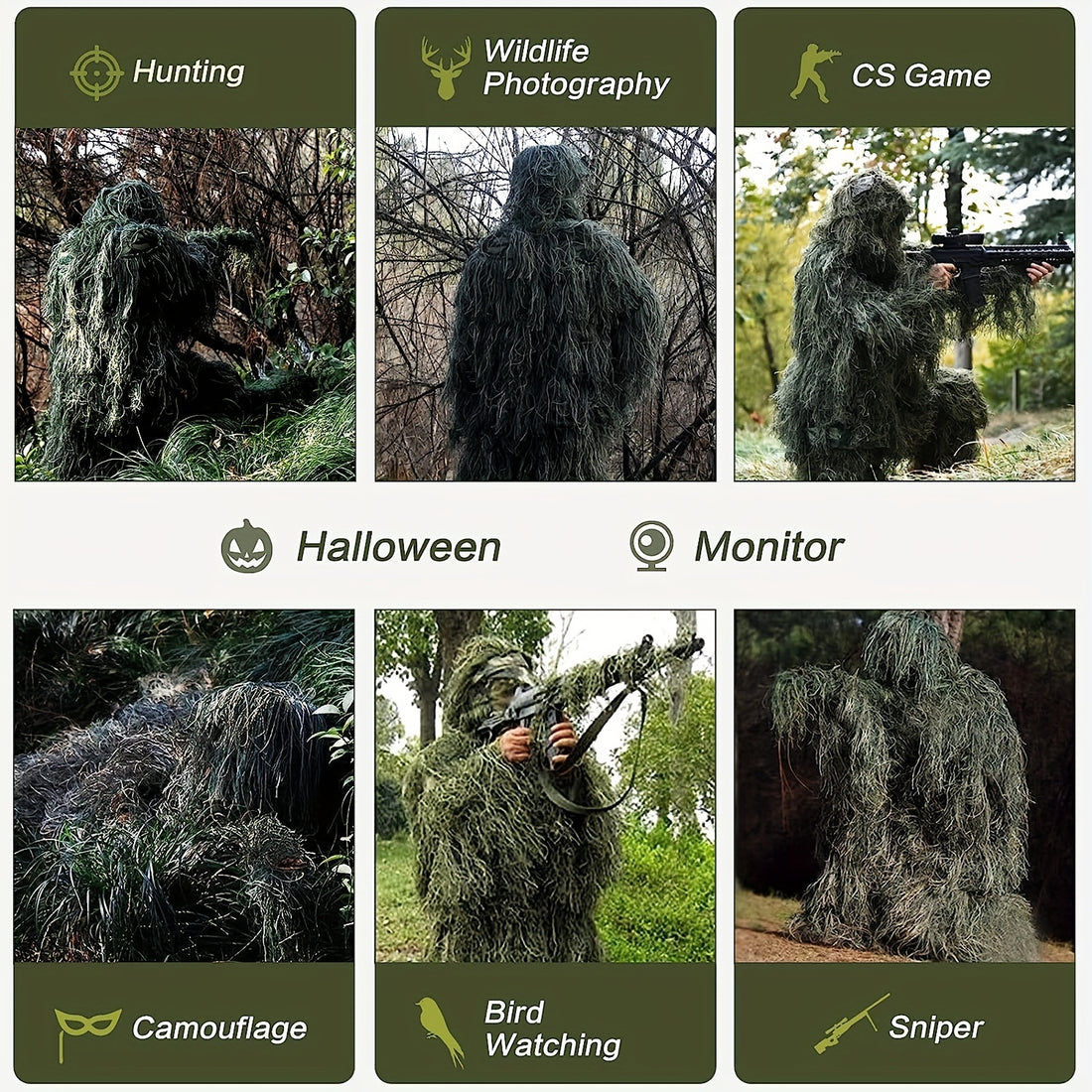A rifle sling is a vital tool for weapon handling, comfort, and mission success. Deciding between a single-point and two-point sling depends on your needs. Whether you’re in close-quarters combat (CQB), hunting, or competing, each sling type has unique strengths and trade-offs.
This guide compares them clearly to help you decide, with practical tips and custom options from our manufacturing team.
Understanding Rifle Sling Design
Rifle slings serve three key functions:
-
Retention: Secures the weapon to prevent drops.
-
Mobility: Enables quick target acquisition and transitions.
- Comfort: Reduces fatigue during extended carry.
The number of attachment points defines how a sling balances these functions. Let’s break down each type.
What is a Single-Point Sling?
A single-point sling attaches to one point on your rifle, typically near the rear sling swivel or buffer tube (common on AR-15s).
The rifle hangs freely, prioritizing speed and ease of movement.
Pros of Single-Point Slings
-
High Mobility: Perfect for CQB or fast-paced shooting, allowing rapid direction changes.
-
Lightweight: With minimal straps and hardware (4–7 oz), it reduces bulk and avoids snagging on gear.
- Quick Shoulder Switches: Transition between strong and weak sides effortlessly, ideal for ambidextrous shooters or tactical scenarios.
Cons of Single-Point Slings
-
Limited Retention: The rifle can swing during sprints or climbs, increasing the chance of drops or bangs.
-
Less Stable: The loose fit isn’t suited for precision shooting, like long-range targeting.
- Comfort Issues: Weight on one shoulder may cause fatigue after 1–2 hours, especially with heavier rifles (7+ lbs).
Best Uses
- Close-quarters combat or room-clearing drills.
- Competitive shooting, such as 3-Gun matches.
- Short missions where speed trumps comfort.

Single-point gun sling
What is a Two-Point Sling?
A two-point sling connects to two points on the rifle, usually the stock and handguard. It secures the weapon tightly against your body for stability and control.
Pros of Two-Point Slings
-
Stable: Keeps the rifle snug, improving accuracy for hunting or sniping.
-
Comfortable: Distributes weight across both shoulders, reducing strain during extended carry (3+ hours).
- Secure: Minimizes rifle movement, ideal for dense terrain or crowded settings.
Cons of Two-Point Slings
-
Slower Transitions: Switching shoulders or accessing gear requires adjustment, costing time.
-
Bulkier Setup: Extra straps (6–11 oz) can catch on body armor or packs.
- Less Mobility: Restricts rifle movement in tight spaces, less ideal for CQB.
Best Uses
- Long-range precision shooting or hunting.
- Patrols or hikes needing hands-free carry.
- Environments where weapon security is critical, like urban areas.

Two-Point Rifle Sling
Comparison Table: Single-Point vs. Two-Point Slings
| Feature | Single-Point Sling | Two-Point Sling |
| Attachment Points | One (rear swivel/buffer tube) | Two (stock and handguard) |
| Mobility | Fast pivots, easy transitions | Slower, restricted movement |
| Stability | Low, Loose for precision | High, Snug for accurate shooting |
| Comfort (1hr+) | Fair: single-point load | Good: better weight distribution |
| Retention | Low: Swings, drop risk | High: Secure in rough terrain |
| Best For | CQB, competitions, short tasks | Hunting, extended patrols, precision shooting |
Hybrid Slings: A Versatile Option
For users who require flexibility, hybrid slings offer a middle ground.
- Convertible slings (e.g., bungee-enhanced or modular designs) allow switching between single/two-point modes. Useful for multi-role operators.
- Quick-adjust slings: Incorporate sliding pulls for faster tension changes (reduces two-point transition delays).
Testing Your Sling
To find the best tactical sling for your setup, test it in real-world conditions:
-
Transitions: Can you switch shoulders or draw a sidearm without issues?
-
Movement: Sprint, kneel, or climb obstacles—does the rifle stay controlled?
- Comfort: Wear it for 30 minutes with your loaded rifle to check for strain.
For detailed setup tips, watch tutorials from objective sources like the Tactical Rifleman YouTube Channel.
Conclusion
No single rifle sling fits every scenario. Choose a single-point sling for speed-centric, short-duration tasks. Opt for a two-point sling for stability-focused, extended operations. Hybrid slings offer flexibility for mixed roles. Test your sling with your gear to confirm it meets your needs.
When Custom Tactical Slings is the Solution
For specialized missions, off-the-shelf slings may not suffice. With 15+ years of expertise in tactical gear manufacturing, we offer custom slings tailored to your specifications, from material choices to attachment systems.
Contact our team to discuss your needs or read our guide on rifle sling setup for more insights.
Related article: How to Properly Attach and Adjust Your Rifle Sling


